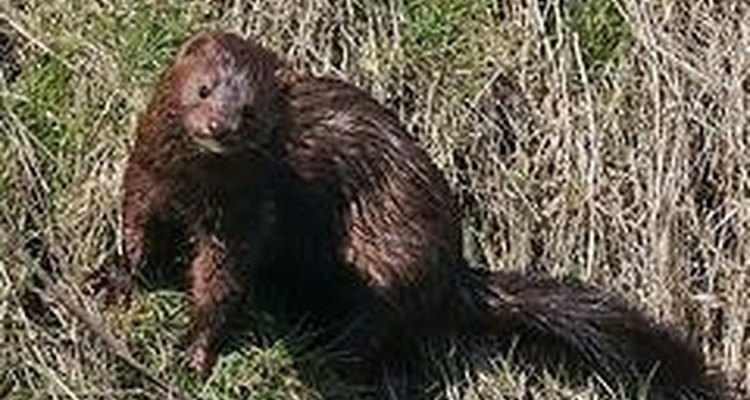
Mink has long been a fashion favorite used in the production of overcoats and scarves. Mink fur is admired mostly for its shiny appearance and silky texture. Its abundance of natural fibers make it a very durable fabric. Although many people associate mink furs with oversized stoles and voluptuous coats, newer fashion trends have been expanding on the idea of sheared mink. Sheared mink coats and apparel retain the attractive luster of mink in a sleeker, casual style.
What Is a Mink?
The mink's comes from the genus Mustela, which includes weasels, skunks and otters. They are native to America, Europe and Russia, and are especially widespread in England. They are nocturnal. Full grown, the average mink can be between 1 1/2 to 2 feet long, weighing anywhere from 1.25 to 3.75 pounds. Females begin to breed at the end of their first year of life. The normal lifespan for a mink is three years. Though the animals were trapped for many years, mink are now grown at fur farms in locations across the globe.
Qualities
Mink fur and pelts have the ability to keep the body at a comfortable, consistent temperature. Mink is especially useful during the winter, as it provides optimal insulation from the elements. Mink fur can vary in color from white to grey to bluish-silver to dark brown to black, although darker varieties are uncommon.
Sheared Mink
Sheared mink refers to a style of mink fur clothing that has been sheared of most of the fur excepting a thin layer just above the skin. Mink pelts harvested either by trappers or fur farmers are sold to clothes and fashion designers, who style the pelt into the design they want. Sheared mink has a more economical look while retaining its softness and shine. Shearing the fur does not make the fur lose its properties of insulation.
Fur Farms
Although fur farms have been the target of much protest, survival rates for young mink in the wild are lower than mink from fur farms. Fur farming began for American mink shortly after the Civil War. Mink raised on farms generally have a higher quality fur. Farmers are able to use selective breeding to influence color and other qualities. According to a 2008 graph on world farmed mink production, the United States contributed 5.8 percent of the world's 51.42 million mink pelts produced that year, making it fifth behind Denmark (27.2), China (25.3), the Netherlands (8.7) and Poland (6.2). A 2007 graph on American mink farming statistics shows the top five mink producing states are Wisconsin, Utah, Oregon, Idaho and Minnesota.
Farming Mink
The mink farming year begins in February, which is the beginning of the breeding period. Breeding ends during March. April starts the next two-month period of whelping, or birthing of new mink. Mink litters average about five, but litters as high as thirteen have been documented. After another 1 to 2 months being cared for by their mothers, mink are weaned and vaccinated against botulism, enteritis and pneumonia. Molting begins by early fall, and the rest of the year is spent allowing the mink to grow their thick winter coats. December is harvesting season for mink, and it's then that they are killed and pelted, although some mink are not harvested for selective breeding purposes.
Related Articles

What Are Persian Lamb Coats?

Animals Used to Make Fur Coats
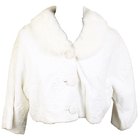
How to Restyle a Mink Coat
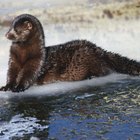
Colors of Mink Coats
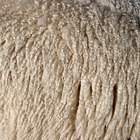
Difference Between Sheepskin & Shearling

Fabrics That Haute Couture Designers Use

How to Identify Sable Fur
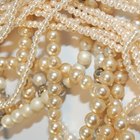
What Countries Harvest Pearls?

The Difference Between Snow Boots & ...
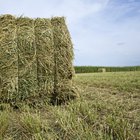
Alfalfa Hay Nutrition Information

Why Is It Called a Pea Coat?

What Are Ugg Boots Made Out Of?
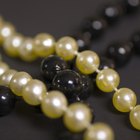
In What Parts of the World Are Valuable ...

Basic Concepts of Fashion Design

French Fashion Facts

Are Buckeyes & Chestnuts the Same?

About Apache Indian Clothing

Sheepskin Vs. Deerskin

How Much of the World's Clothing Is ...

Difference Between Suede & Microfiber
Photo Credits
Photo by Brendan Lally (License: Creative Commons Attribution)